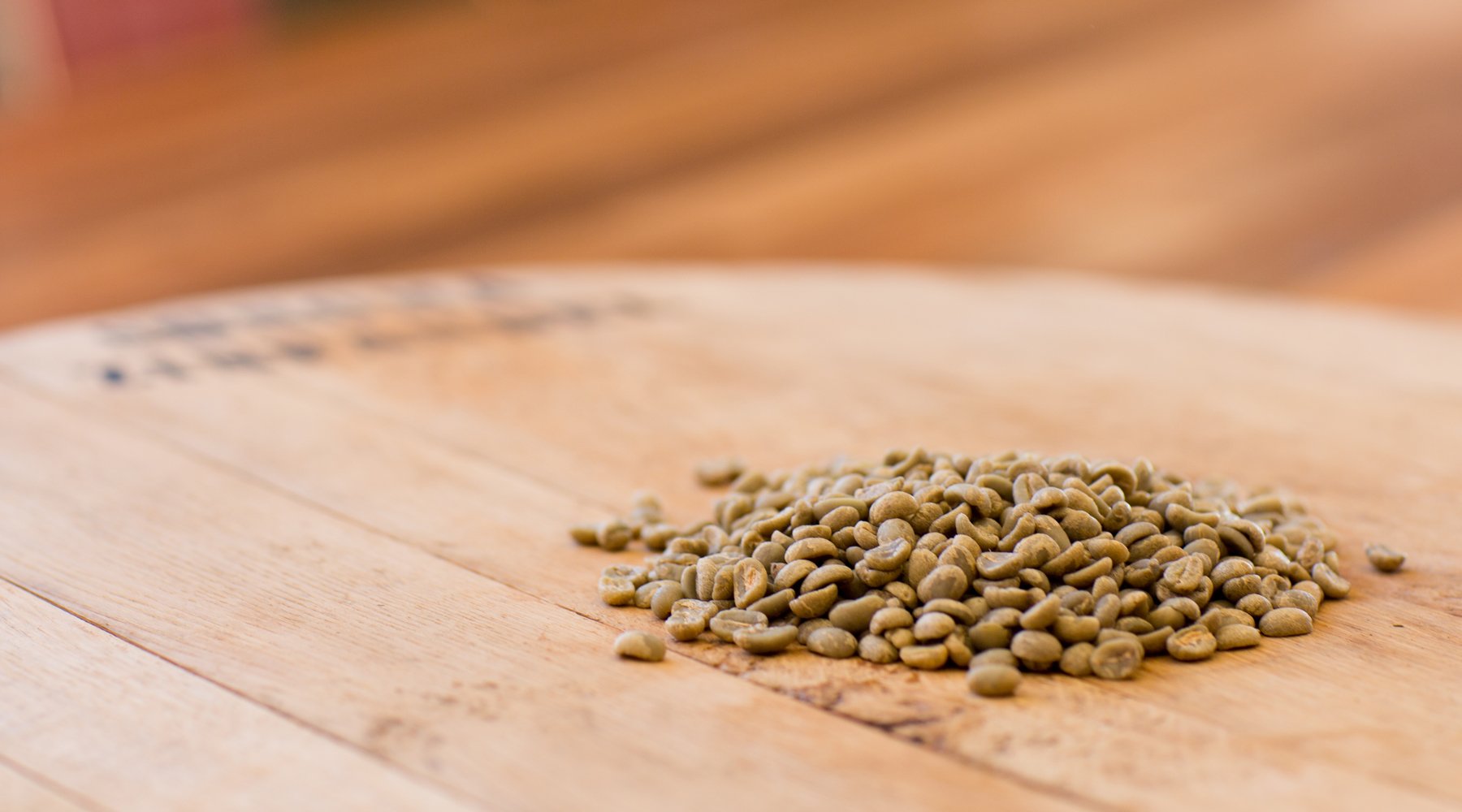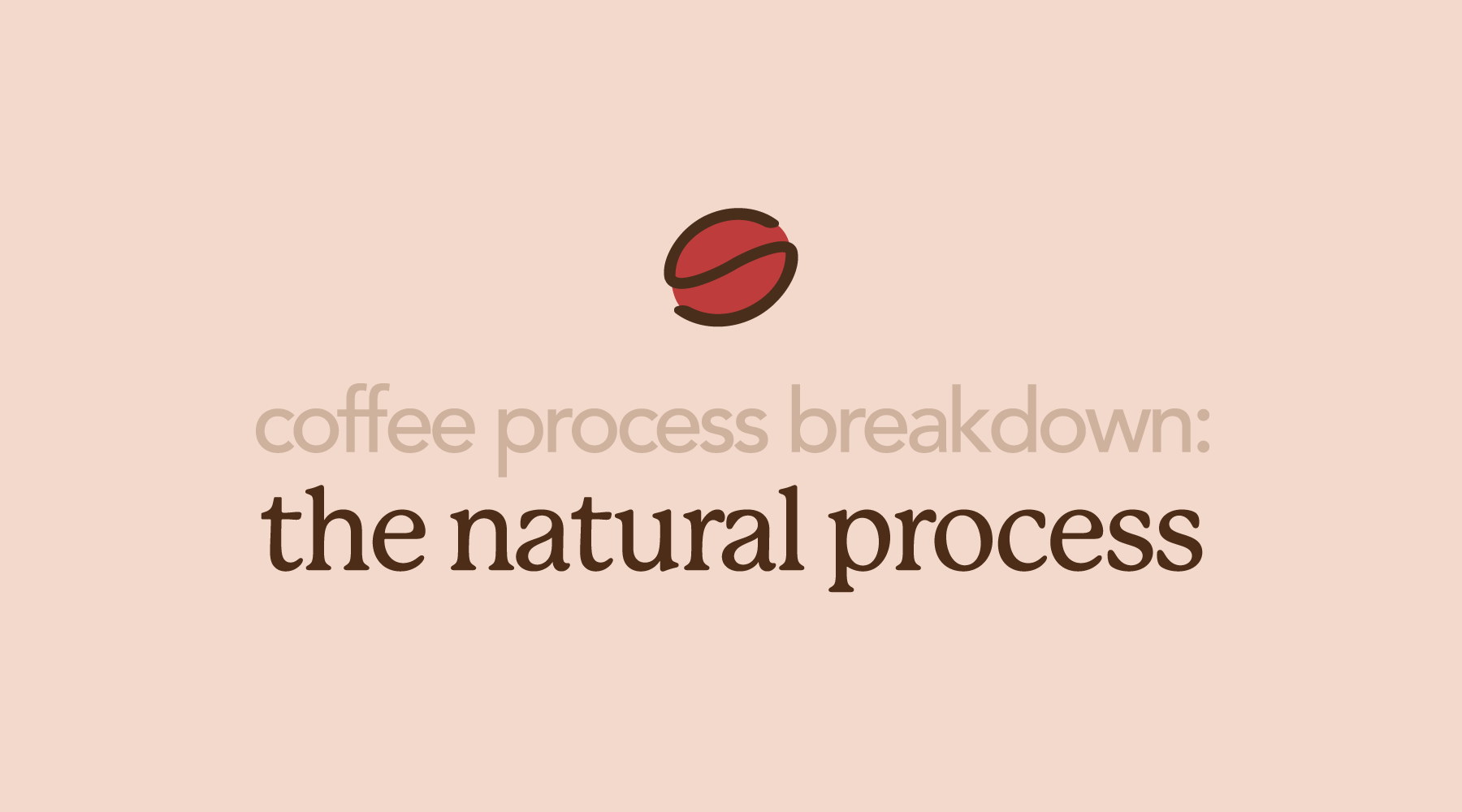Arabica beans, origin, varietals, process…Coffee Terminology Overload!
Arabica beans, countries of origin, varieties! How can I possibly understand any of this coffee terminology?
With a little bit of help from us, that’s how!
Coffee is an incredibly complex plant, fruit, seed, drink, etc. See, even defining it isn’t straight forward. The process a single bean takes to get from the farm to your morning cup is often overlooked or even ignored by most big coffee corporations. Many people have no idea what goes into a cup of coffee. So, of course, there is confusion about the flavor profiles of coffee and what contributes to them. The endless list of “coffee terms” is overwhelming, the details are muddled and you, the coffee customer, is confused for a good reason.
Too often, terms are mixed up, misused, and are rendered meaningless; we are here to help change that. We want to clear up all the confusion. Well, at least some of it.
Let’s start at the very beginning. Before coffee’s popularity, before it spread across the world. At one point long ago, coffee was a small plant growing in Ethiopia. This plant is known as the Coffea Arabica. Coffea Arabica is a small tree that bears little grape-sized fruits called “cascara cherries.” It is the foundation of the vast majority of all coffee exported around the world. It is not a varietal (we’ll get into those in a bit); it is not anything specific at all. For someone to say they are “looking for an Arabica coffee” is like someone saying they are looking for a carbonated soda. We sure hope you are because that’s what coffee is!
In all seriousness though, you aren’t narrowing your options with that statement because Arabica is the baseline to any good coffee you’re going to find. Many of you might be thinking, “but what about Robusta?” Robusta is one of the two diploid parent plants of the Coffea Arabica plant. Basically, it is distinct from Arabica by physical and chemical attributes, including higher productivity and caffeine content. It is part of the Coffea genus, but an off-shoot. Some mass-produced coffees are blended with Robusta because it is cheap and easy to produce, but it is terrible and tastes nothing like most coffee you drink. Even Folgers Colombian is 100% Arabica, and I can get a 2lb container of that for $6.86 online. Many people will contrast Arabica and Robusta, but that is a false comparison. Just ignore the fact that Robusta is a thing, any self-respecting coffee roaster does.
The specifics begin when we zoom in a bit, and we start to identify the countries of origin. Country of origin modifies which country a specific coffee bean is grown, harvested, processed, and exported. It is where a solid 90% of the coffee bean’s life will take place. So it only seems logical that there’s some correlation between the flavor profile and the country of origin. Many factors play into the flavor of the coffee produced from a specific plant; it depends on the surroundings, temperature, humidity, and nutrients present in the soil, to name a few. In this aspect of coffee growing, I like to compare it to the wine industry. Depending on the vineyard, you are going to receive different flavor profiles of wine.
Another aspect of coffee that many people develop misconceptions about is what is known as varieties or varietals. Varieties are essentially, well, variations. They are foundationally the coffee plant, but each variety has a slight difference in genetic make-up due to generations of development in different surroundings. Visualize this concept by comparing it to apples. All apple trees are essentially the same tree. But there are drastic differences in texture, mouthfeel, acidity, sweetness, and even color of the apple fruit itself depending on which cultivars (the “variety” of apples) are being grown. Coffee is remarkably similar in this sense. Yes, all coffee beans are coffee beans, but the slight differences in plant type make a world of difference.
Some examples of coffee varieties are:
Typica: This variety is considered the foundation of pretty much all other varieties. Nearly all varieties genetically trace back to this one. I’m guessing that’s why it’s called Typica. The flavor notes have a smoothness and sweetness to them.
Bourbon: This variety is very widely grown and is one of the more common varieties we have available in our online shop. Its sweetness and complexity make it a very easily accessible variety.
Caturra: A mutation of Bourbon. The flavor profile tends to lean towards a more acidic cup.
Geisha: This is the top tier royalty of the coffee varieties. This variety has broken records in auction prices in coffee competitions, topping at EIGHT-HUNDRED AND THREE dollars per unroasted pound. $803/lb. Yep, not a typo; this coffee variety costs a lot. We have offered this variety in the past because it is just so dynamic and unique with powerful floral and fruity flavor notes. After sparking in popularity about 15 years ago, many farms who are capable of sustaining it have planted this variety.
As you think about this, think about the last time you referred to coffee as a blend. What led you to make that statement? I’m guessing, it was just a bag of coffee, and you hear blend associated with coffee a lot, so blend became your way to reference that one. But the term blend comes from taking two or more of these varieties and blending them into a particular coffee flavor profile. We’ll get into this more when we talk about single-origin vs. blends.
I could talk about varieties and coffee profiles for hours, and I will expand on this topic soon with another video blog. But for now, it is important to remember that most coffees are Arabica, so look a step further at the varietal. The varietal helps when thinking about flavor profile, so keep an eye on it as you buy and learn what you like. And check out the photo at the top of this blog. It is comparing a Costa Rican Venecia to a Nicaragua Pacamara. It looks to me like the Pacamara is 3x the size of the Venecia and what you can’t see is that they taste remarkably different.
Hopefully, this little glimpse into the vast expanse of coffee terminology has helped clarify things a bit. So next time that you order a coffee, whether it be from us our just at your local shop, start keeping an eye out for the variety. Maybe it’ll help you develop an even stronger idea as to what you truly enjoy in a cup of coffee!


